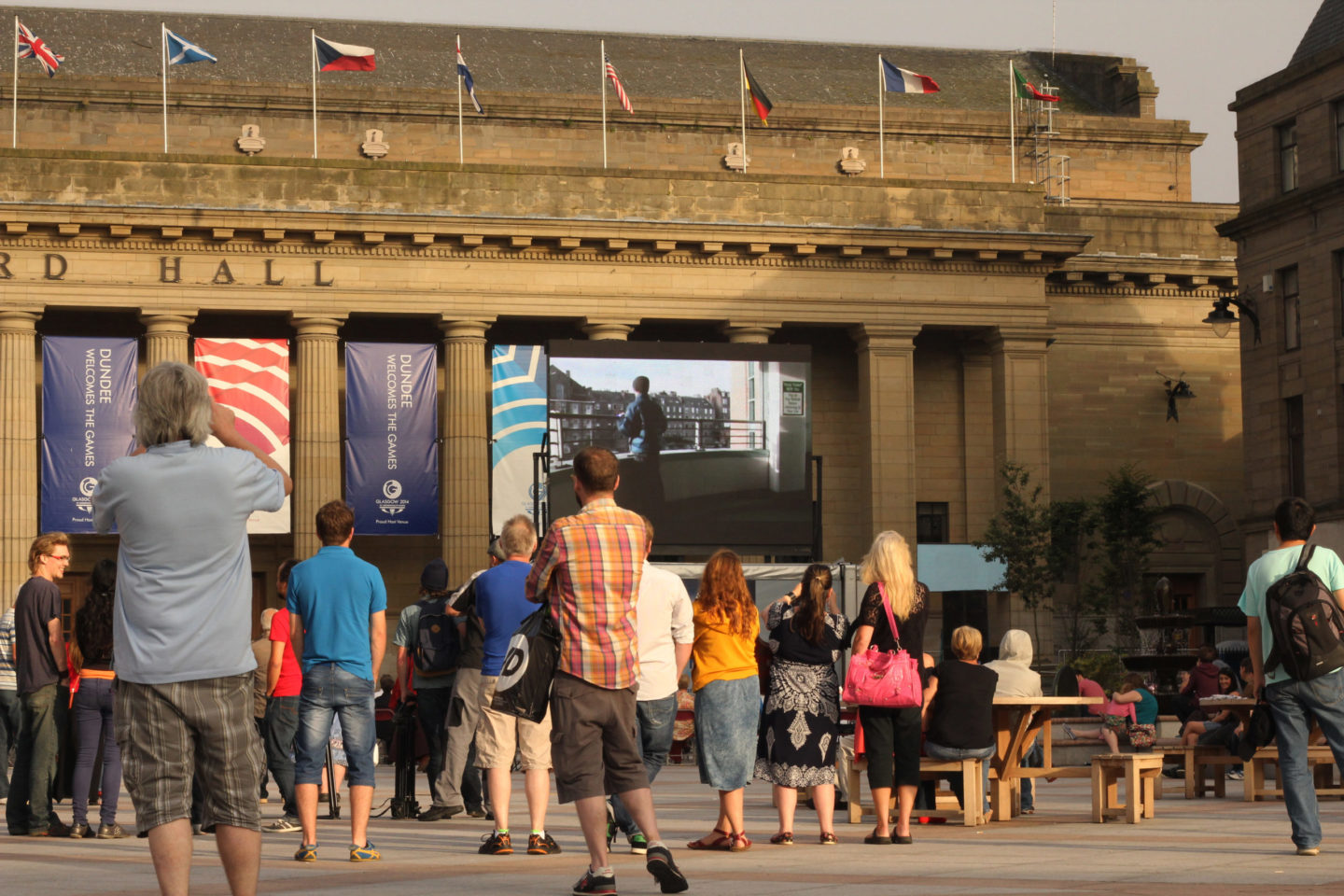
Our blog series regularly invites guests to share their thoughts on different aspects of life in Dundee, their own practice, and anything in between. Fíona Canavan currently carries out freelance architectural work in Dundee, both solo and for Atelier-M. She studied in her hometown of Dublin and worked for three years in Berlin where she registered as an architect, before moving to Dundee in late 2017.
During the lockdown, there has unquestionably been an increase in people outside walking, running and cycling. Many are taking up activities either for the first time or reawakening the dormant ones. The rusty bike in the garage has a new lease of life and previously ignored running shoes are being dusted off. Sport and gym visits have been halted, many no longer commute and our trips to cafes, to the shops, to friends and family have all been put on pause leaving many with a lot more free time and energy. The once-a-day outdoor exercise has been the only outlet for many to move, get fresh air and de-stress, but has also reignited an appreciation for the outdoor spaces of our city.
Now, Scotland is moving out of lockdown and we are currently in Phase 1 of the Government’s route map. It is clear that for this phase and the next, we will be spending a lot more time outside throughout the summer if we wish for our social lives to resume. Garden visits are permissible, but not a reality for many, meaning the shared spaces within the city will also have to play a role. How can we adapt these spaces to facilitate our outdoor lives? Right now, when places are seen to be busy it is usually met with the assumption that too many people are in the one place. How can we allow spaces to be busy whilst making them safe?
Wide Footpaths
Firstly, we could look at paths on streets with larger footfall. Often, footpaths are too narrow for pedestrians to maintain a 2m gap. We are left stepping out onto the roads, up and down kerbs, and that’s if there are no parked cars in the way. The footpaths will become narrower still as businesses are required to set out queues to allow for physical distancing inside. In these situations, sections of road could be narrowed in order to widen the footpath, so that those on foot can be kept safe and made feel safe outdoors.
Occupying New Spaces
In later phases, cafes will soon be allowed reopen to sit-in customers, but with a reduction in seating capacity. What if a cafe or restaurant could occupy the parking space in front of their premises? Temporarily assigning parking spaces in front of businesses who require it could provide outdoor seating. Similarly, it could designate extra urban space to people outside. The worldwide initiative PARK(ing) Day encourages locals to inhabit a parking space for one day a year. Could we inhabit a few spaces while we ride out the pandemic?
Sharing the Street
Lastly, I would propose looking at streets and roads where footfall outweighs vehicular traffic. Could these streets be temporarily closed to traffic, even in part for one or two days a week? A generous urban gesture would mean pedestrians and cyclists of different households could spread out. A family of five could safely walk along a street without a parent having to gather young children in to allow somebody to pass. Friends could stop and chat, maintaining physical distance, without becoming another obstacle to passers-by. If we currently have fewer cars on roads, could we allow pedestrians and cyclists to use the leftover space?
Before conclusions are made that any of these measures are too radical for Dundee, it must be noted that we already carry out similar measures. Brook Street in Broughty Ferry is closed a few times a year, and the roads around Slessor Gardens are shut for large events. If a section of the street can be cordoned off for service maintenance, it can be set aside for people to queue outside a bank or a shop. Currently, the flood repairs on Douglas Terrace mean that the sea wall footpath is temporarily unusable. New signage entering the street reads “Caution. Pedestrians / Cyclists are sharing the carriageway space”, but pedestrians and cyclists have been sharing the carriageway for months. We have already begun to use urban space differently.
The pandemic and our need to remain 2m apart will not last forever. Perhaps the rusty bikes will return to the shed, and many will resume having less time for recreation, but there is an overwhelming sense that we have regained the value in our outdoor spaces. Since March, inhabiting outdoor spaces has often been the best part of our day, and there is no reason why that should stop being the case once lockdown ends. Covid-19 has turned our lives upside down in a largely negative way, but it has certainly given us pause to examine how we currently live and how we might live in the future. We have an opportunity to use our experience from the last few months to re-imagine shared urban space in Dundee and how we might use it in years to come.